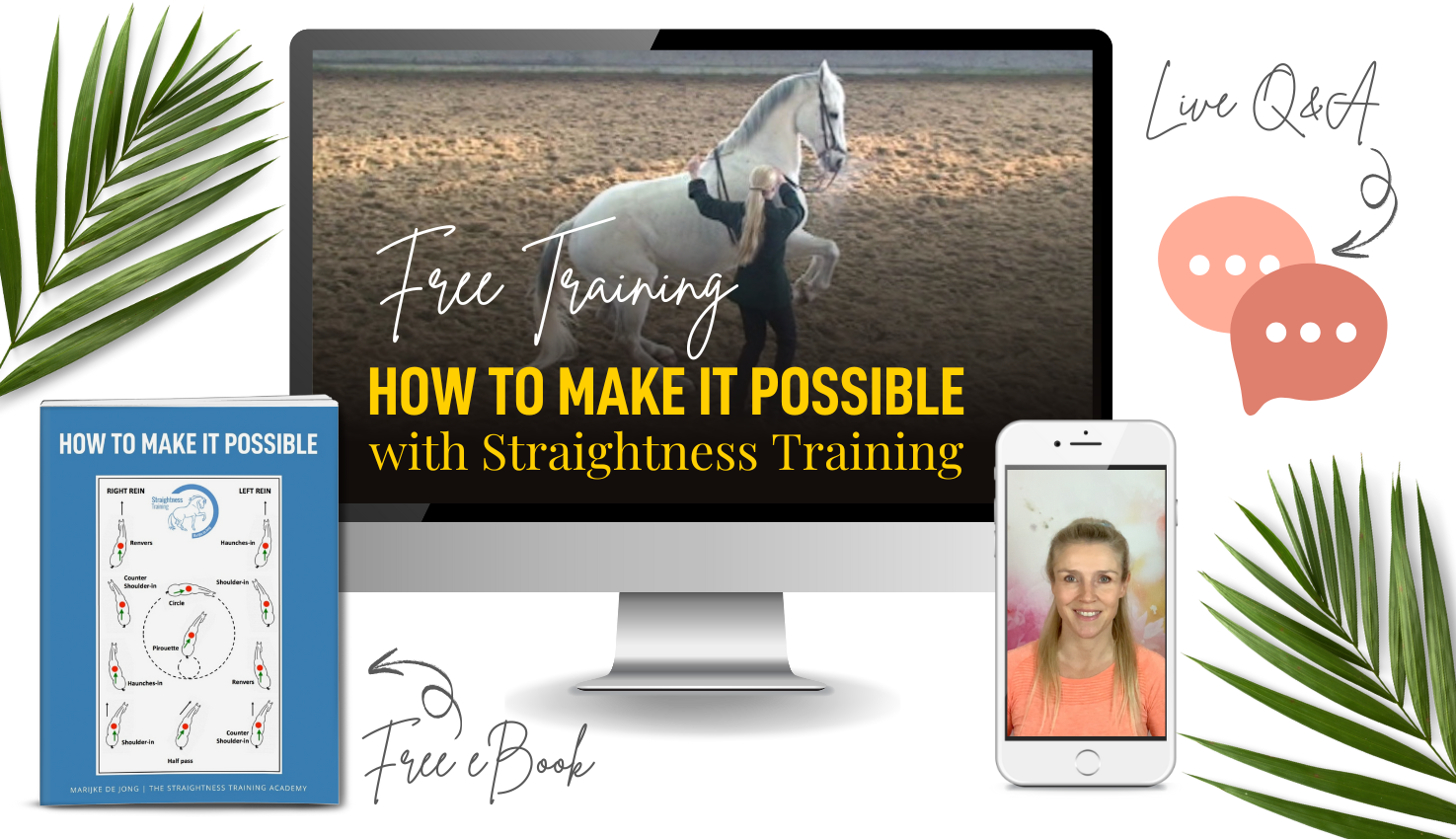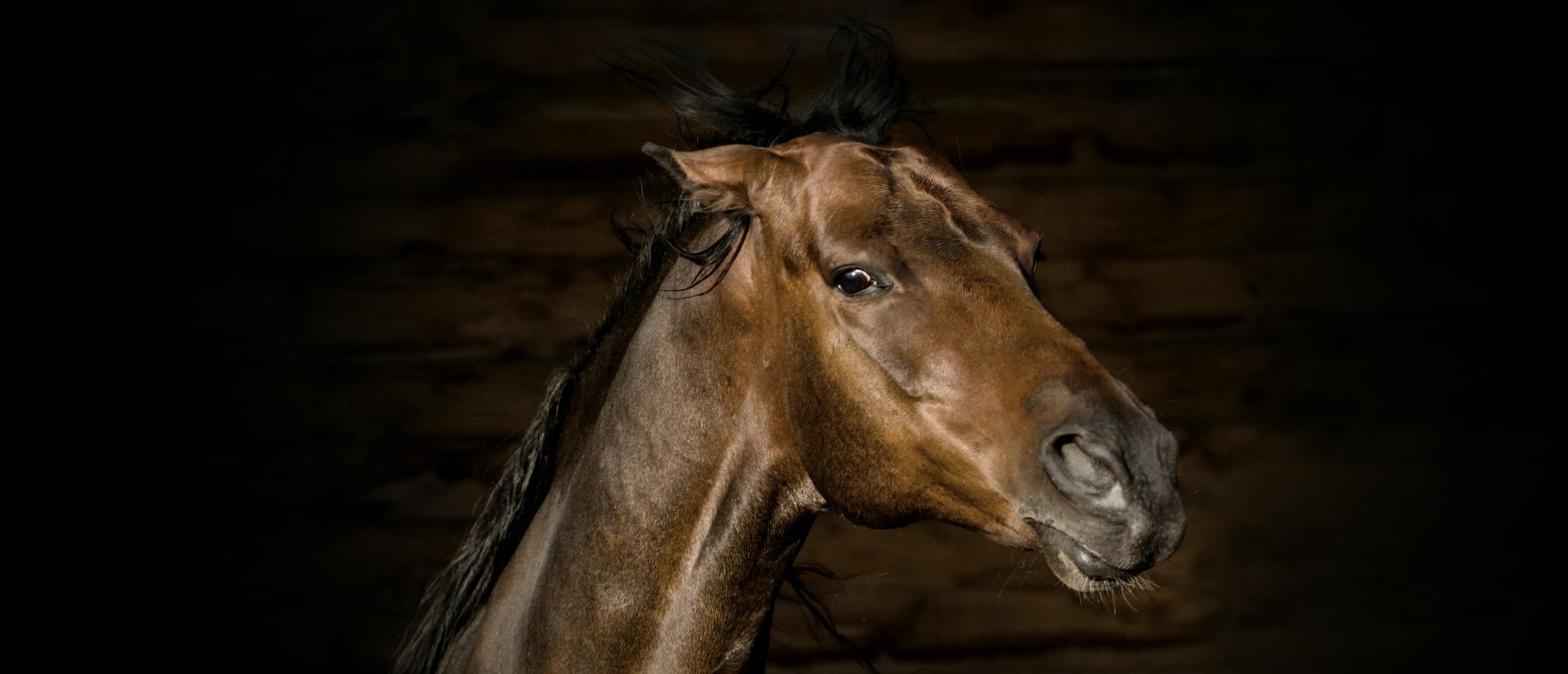
What does the position of the ears mean?
This question isn’t so easy to answer because it’s the context that matters.
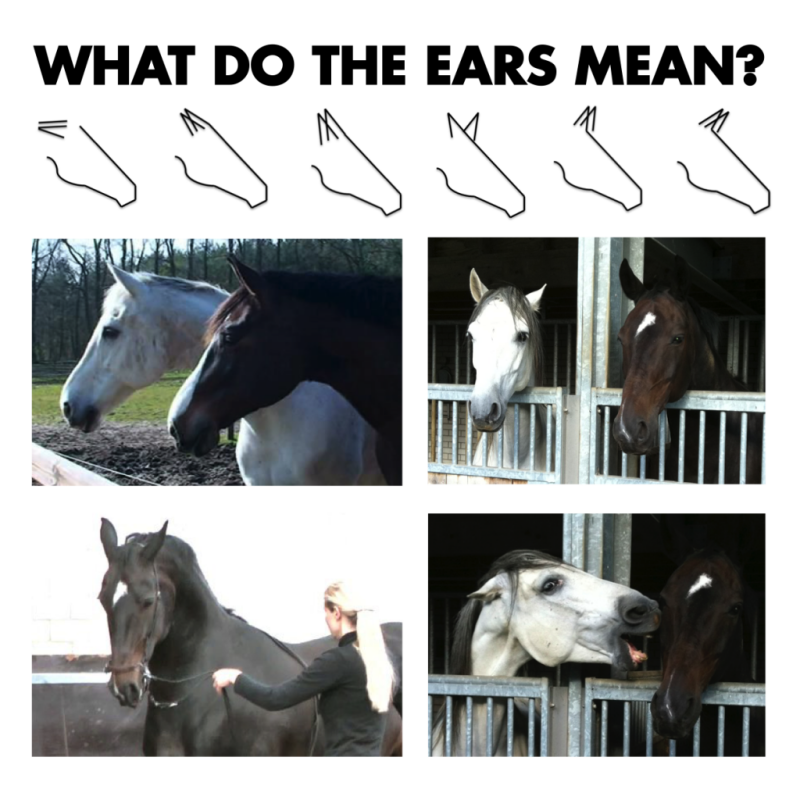
The use of the ears and the position is part of the horse’s complex language and a way for the horse to express themselves and to send a message.
Context matters
There are many different conditions that cause the ears to move backward.
Compare it with a human that crosses his arms over his chest. Communication experts say that this signals defensiveness and resistance, so you should avoid that posture in an interview to be more open so you appear more approachable. But if you are my best friend and I cross my arms because it feels comfortable, you will not experience me as defensive or resistant. It’s the context that matters. Crossed arms don’t ALWAYS mean that a person is defensive or resistant.
However, we humans like to simplify things, and it’s very tempting to assume that for example ears pinned backward ALWAYS means ‘anger’ and forward ears ALWAYS mean ‘a happy horse’, it’s very tempting to label it in black/white, good/bad, right/wrong.
- But forward ears can be misinterpreted as ‘happy’ when a horse is actually ‘worried’, or ‘curious’ about something that is in front of him.
- And backward ears can be misinterpreted as ‘unhappy’ or even ‘angry’ when a horse actually is ‘concentrating’, or hearing something behind him, or in a ‘chasing’ state.
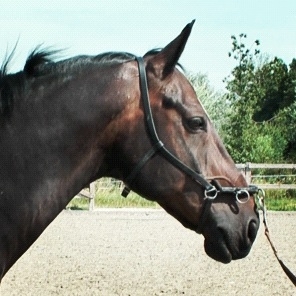
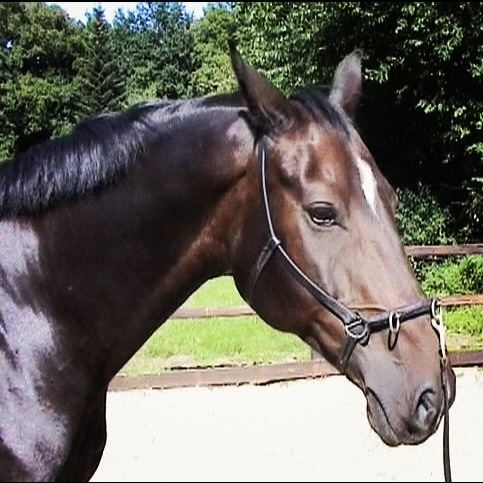
It’s the context that matters.
So when it comes to translating the language of the horse, it’s best to avoid fixed assumptions and ‘false’ beliefs and to always take the context into consideration. Remember, the map is never the territory. You have to take in the whole situation, not just a part of it, to understand why the horse does what it does at a certain moment and situation.
It’s up to us as the rider/handler to notice and do our best to assess. We must observe carefully and know our horse to figure out exactly what it means. So let’s investigate the backward position of the ears.
Backward positioned ears
Here’s a list of what the ears can mean when they are positioned backward:
- When a horse wants to have another horse or a human out of his way, he will pin his ears completely flat.
- He might pin his ears backwards during riding because the saddle or the bit doesn’t fit properly. A bad saddle or wrong bit causes all kinds of problems which can be expressed through the position of the ears.
- Sometimes it’s a sign of greater discomfort and the horse pins his ears because he’s really uncomfortable or in physical pain due to some issue with his back muscles, spine, pelvis or anywhere else in the body.
- Sometimes a horse pins his ears because he’s very much out of balance, or the rider is out of balance, causing imbalance, or not able to help the horse find balance.
- Sometimes a horse pins his ears because of too much pressure during training or that he’s not enjoying the training or annoyed by the way the aids are applied (too much, too long).
- Sometimes a horse’s ears are backward because he hears something behind him.
- Sometimes his ears go backward because mentally seen he is getting into a ‘driving‘ or ‘chasing state‘. When a stallion drives his herd forward from behind, or a cutting horse chases a cow, the ears go backward.
- Sometimes the horse’s ears are backward because he’s focussing on the rider on his back.
- Sometimes a horse’s ears are going back because he’s a little out of his comfort zone and in the ‘stretch zone’ physically seen, while doing difficult exercises.
- Sometimes a horse’s ears are backward when he’s learning somethingnew.
- Sometimes his eyes are backward because he’s really concentrating and paying close attention to the task.
- Sometimes a horse’s ears are positioned backward because he’s really working hard and putting in an effort in his job.

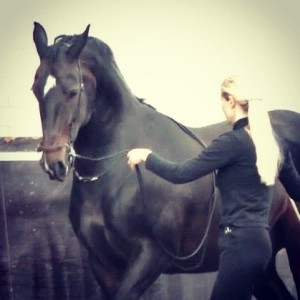
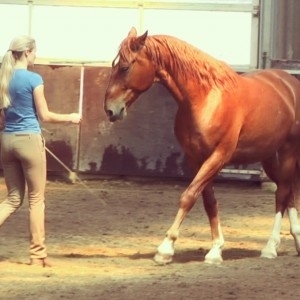

So when a horse is working really hard and paying close attention in Straightness Training, often he’ll express this with his ears – and often also with his whole face, combined with tail expression – showing that he is trying his best to meet the rider’s request.
Other signals
Horses not only communicate with the ears, they communicate through a variety of signals:
- Visual signals
- Audible signals
- Chemical signals
- Contact signals
- Discreet or clear signals
- Simple or combined signals
- Context sensitive signals
Together they form an entire language of the horse.

